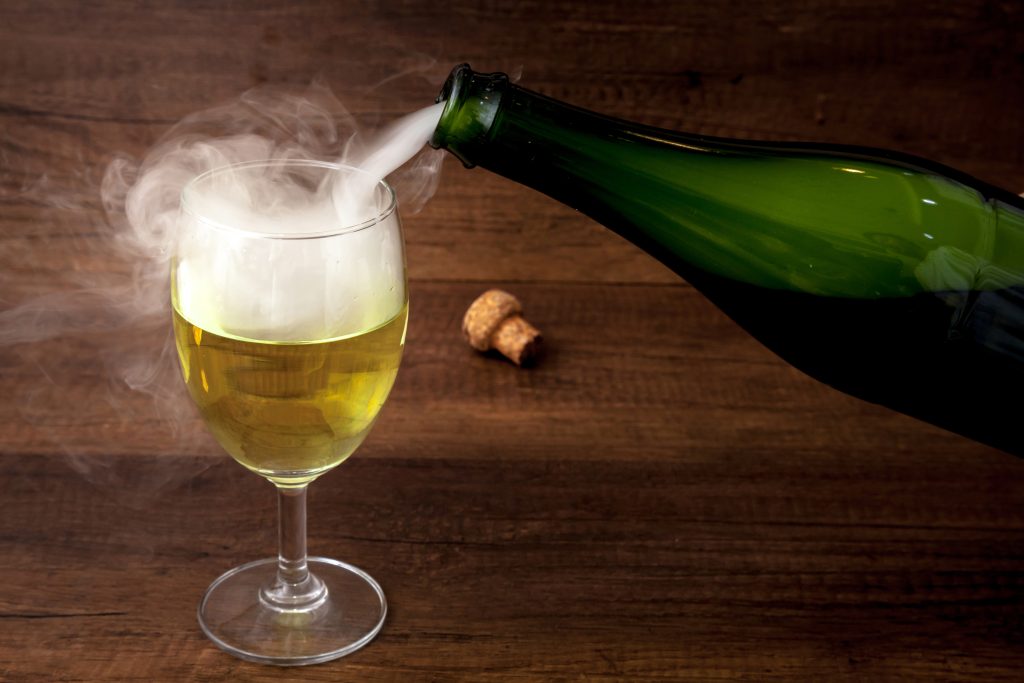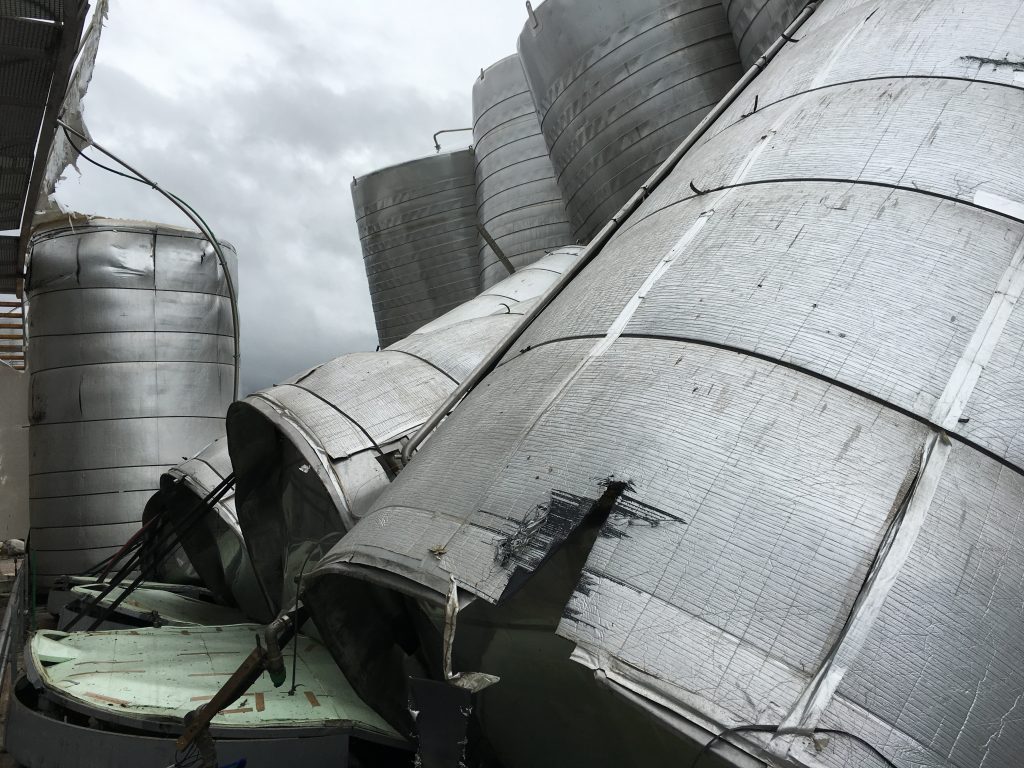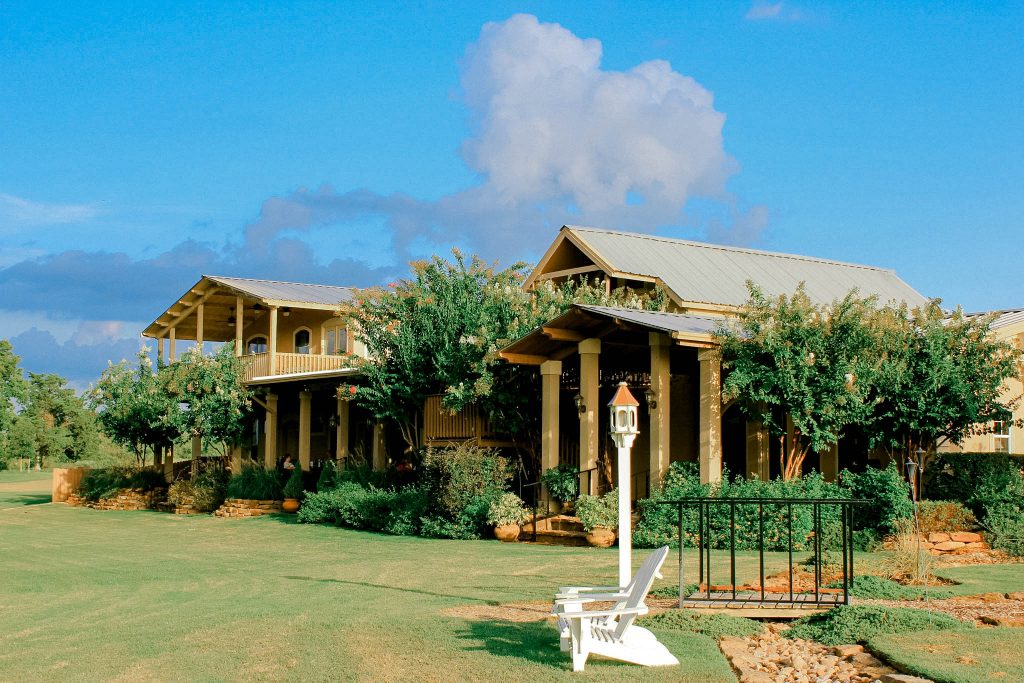
By: Alyssa L. Ochs
This year, the sparkling wine market reached a value of $33.9 billion, and we aren’t expecting this trend to slow down anytime soon. In fact, analysts have projected that this market will grow by about 14 percent annually and reach at least $51.7 billion by 2027. All of these facts and figures may not mean much to the average consumer. But for sparkling wine producers and companies that serve their supply, distribution and marketing needs, this level of growth demands attention.
With its fizzy effect and upscale reputation, sparkling wine has been making its move from purely celebratory to refreshingly mainstream. No longer is sparkling wine reserved only for luxury events and special occasions. These days, sparkling winemakers are expanding their customer base and introducing refreshingly new and accessible ways to enjoy this beverage any day. Meanwhile, more global demand for this style of wine is creating a greater need for services in this industry and opportunities for more innovation than ever before.
What Is Sparkling Wine?
Sparkling wine is a carbonated, fermented alcoholic beverage made from grapes or other fruits. It is unique because it contains high amounts of carbon dioxide, which creates a frothy mouthfeel and fizzy texture. Although many people commonly refer to all sparkling wine as Champagne, authentic Champagne only comes from the Champagne geographic region in France.
Various types of sparkling wine exist today at a wide range of price points. These include red, rose and white sparkling wines, as well as regionally specific products like Champagne from France, Cava from Spain and Prosecco from Italy. Sparkling wines can be very dry, known as brut, or extra dry, which is sweeter than brut. Sec is another sparkling wine designation that is sweeter than extra dry, while demi-sec is very sweet and often served as a dessert wine.
Some key players in the sparkling wine industry are Bronco Wine Co., Constellation Brands and the E & J Gallo Winery. Rack & Riddle Custom Wine Services is the largest custom and private label producer of Méthode Champenoise in America, producing over 700,000 cases of wine annually. The company’s Shiner Program offers five different appellations to its customers, and it has California, Central Coast, North Coast, Sonoma County and Napa programs too.
How to Make Sparkling Wine
Winemakers create various types of sparkling wine with different methods and processes that affect the taste and quality of the wine. Méthode Champenoise is a traditional method of making sparkling wine and regarded as a high-quality and critically acclaimed means of production.
This classic method of making sparkling wine involves adding yeast and sugar to the base wine and doing a second fermentation inside each bottle. Yeast is removed from the bottle after it is agitated for weeks and even months, which can be a time- and labor-intensive process.
When asked what makes Méthode Champenoise preferred over sparkling wines made in other styles, Mark Garaventa, the general manager for Rack & Riddle, said that the tiny bubbles, creamy mouthfeel and balanced fruit with acid just make you want to keep sipping.
“Other sparkling wine styles have larger bubbles not as elegant mouthfeel,” Garaventa said. “The loss of carbonation in these other methods is much more rapid as well. Most other styles are typically sweeter and don’t use traditional fruit varieties like chardonnay, pinot noir and pinot meunier.”
Another method of making sparkling wine is the Charmant (or tank) method, which takes care of the second fermentation while the wine is in a large tank rather than in individual bottles. This process is more cost-effective for producers and something often reflected in the price tag of sparkling wines.
The transfer method of making sparkling wine is similar to the traditional method but differs in the fact that the wines don’t need to be riddled and disgorged in the same way. Alternatively, bottles of wine are emptied into pressurized tanks, sent through pressurized filters to remove dead yeast and then rebottled.
There is also the ancestral method of making sparkling wine that involves using very cold temperatures to strategically stop the fermentation process for a period of time before bottling and resuming fermentation in the bottle. It is one of the oldest ways to make sparkling wine, hence the name, “ancestral.” Meanwhile, winemakers use the carbonation method to carbonate still wines in a pressurized tank and the continuous method to continually add yeast into pressurized tanks while increasing the total pressure.
Unique Challenges of Sparkling Wine
Although sparkling wine is still wine, by definition, there are distinct differences and unique challenges that come with making this type of craft beverage. These differences extend to wine ingredients, production, bottling, marketing and more.
Garaventa from Rack & Riddle said that sparkling wine is much more labor-intensive than still wine and that there are more steps to the process. He also said sparkling wine requires more time on the lees due to the secondary fermentation in the bottle and the aging of the wines for 12 to 24 months in bottles until they are available for sale. Garaventa also noted that it is necessary to have winemakers and staff specifically trained and experienced in sparkling wine.
“Most winemaking programs are not geared to the sparkling process,” Garaventa said. “Supplies are completely different and not as readily available at competitive pricing for low volumes, so economy of scale is important.”
Services Available for the Sparkling Wine Industry
Fortunately, some companies specialize in the products and services that sparkling wine producers need to refine their craft and expand their operations to meet demand. For example, Rack & Riddle offers guidance through the custom crush grape-to-bottle process. This includes crushing, lab work, storage in barrels or tanks, tirage bottling, aging, disgorging, corking, foiling, caging, labeling, packing and palletizing wines for pickup. The company also offers base-to-bottle services, in which customers provide the base wine, and then Rack & Riddle develops a sparkling wine out of it. Rack & Riddle operates facilities in Healdsburg and Alexander Valley, California.
“Within our Shiner Program, we supply everything, enabling the customer to take advantage of our scale, from a pricing perspective, therefore obtaining a high-quality wine at a very competitive price,” Garaventa said. “We have long-standing relationships with the growers and have selected only the best fruit sources to produce the very best quality Méthode Champenoise product. We can also provide grape-to-bottle or base-to-bottle programs for sparkling wines as well.”
Recent Innovations in Sparkling Wine
With recent growth comes more demand for improvement and innovation in the sparkling wine industry. Europe and the United States are the top markets for sparkling wine, especially now that deseasonalized consumption is driving more sales and making sparkling wine more common at casual gatherings and quiet nights at home. From the consumption side, sparkling wine is increasingly served with appetizers and as an ingredient in cocktails.
“Within the traditional method, we offer low-alcohol and organic wines,” said Garaventa from Rack & Riddle. “Within other sparkling methods, cans are becoming available and also flavored sparkling wines.”
Some sparkling wine producers use closures that allow bars, restaurants, and individual consumers to securely lock and preserve partially consumed bottles of sparkling wine. To accommodate industry growth, vineyard robots can mechanize the process of making sparkling wine and increase production capabilities. For example, robots can optimize working time during labor shortages for harvesting and other jobs that traditionally require a tractor and driver.
Winemakers are becoming increasingly interested in the sustainable production of sparkling wine by using organic techniques and eco-friendly strategies. Meanwhile, researchers have been looking into how to quicken yeast autolysis to create high-quality sparkling wines in less time.
The Future of Sparkling Wine
Like the entire craft beverage market as a whole, the sparkling wine industry felt the effects of the COVID-19 pandemic in 2020. However, sales rebounded in 2021 when consumers finally felt safe to get together in groups again and celebrate life in a renewed way. More and more consumers are also purchasing sparkling wine to drink at home, rather than just saving the beverage for New Year’s Eve toasts and special occasions.
Although Champagne has traditionally been the preferred sparkling wine for festivities, consumers are now interested in learning about other styles of this beverage. So, they may choose crémant, prosecco or cava instead Champagne when there is something to celebrate. Sparkling wine enthusiasts are known for being interested in the winemaking process and understanding what goes into their favorite products. Yet there are distinct differences among budget-friendly, mid-range and top-shelf sparkling wines, offering a little something for everyone without compromising tradition. Sparkling wine companies have been marketing their products more towards the younger generation, especially Millennials, to attract a new following of sparkling wine fans.
Clearly, there is a special place and an undeniable appeal to sparkling wine in today’s society, and we can’t wait to see what’s next for this growing industry.







